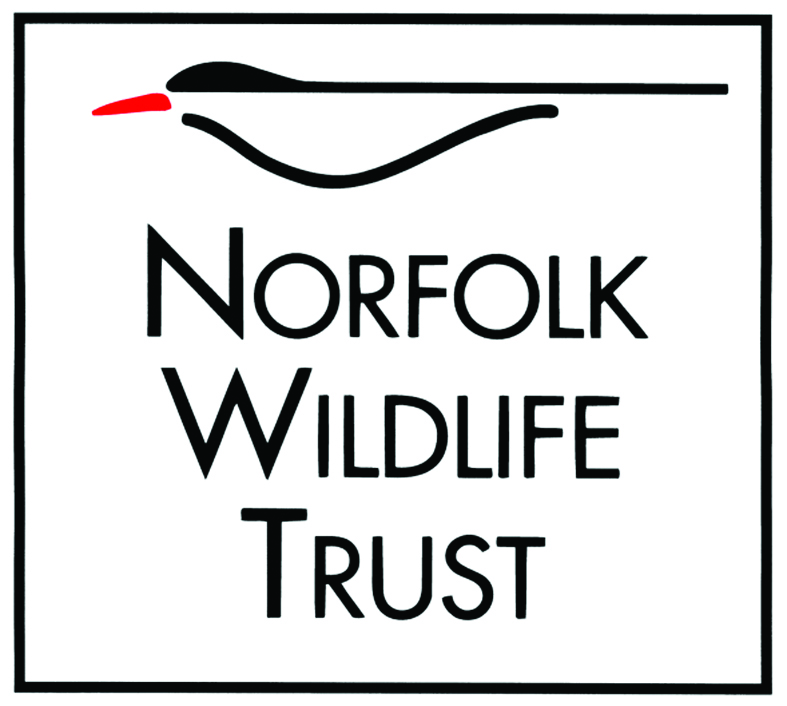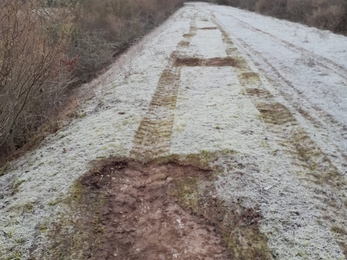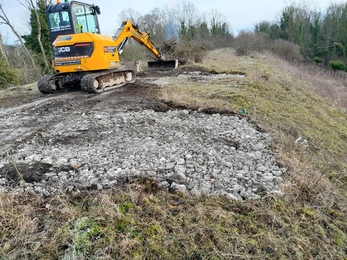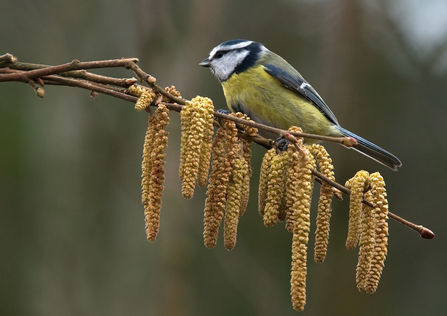Although Norfolk missed the early January snow enjoyed by many others, we did have a spell of freezing weather that included some spectacular hoar frosts. An increasingly rare occurrence now. This left our reserves looking resplendent in their sparkling crystal coats. Those undertaking the monthly Wetland Bird Surveys (WeBS) were challenged by broads that were near frozen over. Although, the crack of ice as a boat’s bow breaks through it is a very satisfying sound on an icy morning.
Habitat improvement ground work has taken place at NWT Narborough railway line reserve - if anyone was wondering why it has been closed! Machine Operator, Paul Lambert, with the help of a 360-degree digger, has been hard at work under the instructions of Reserves Manager Ash Murray. Ash explained, “Bare ground is a vital habitat, but has experienced significant decline in recent decades due to the fertilising effect of nitrogen pollution, and warmer, wetter winters. This promotes monocultures of vigorous ‘weeds’ at the expense of species rich plant communities. We have been creating a varied set of bare ground conditions at Narborough Railway Line”. The areas of bare chalky ground, south facing clifflets, compacted chalk rubble and ‘discrete’ turf-stripped patches will be excellent for an array of chalkland plants and their associated invertebrates, particularly dingy skipper butterflies and several rare moth species. Ash continued, “Narborough is a phenomenal place for invertebrates, including several for which this is the only known site in the county. Of the 762 known invertebrates here, 32% are associated with this type of bare ground.”



